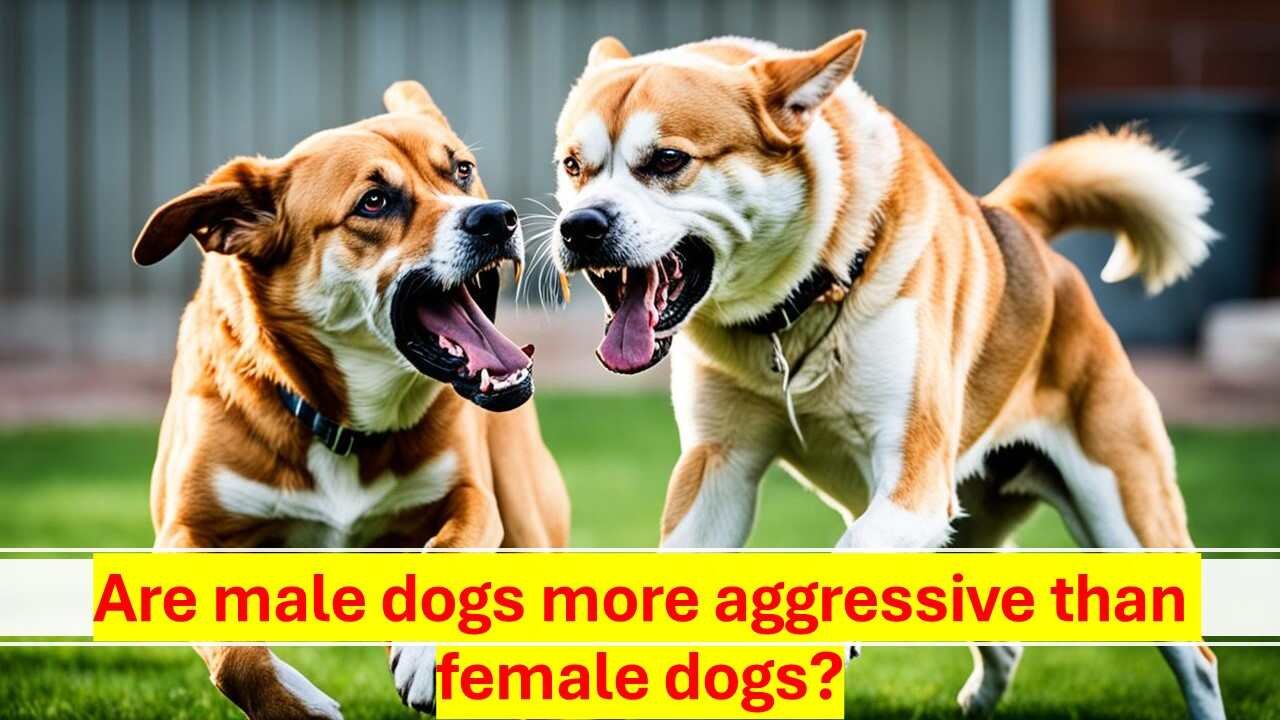Dog jowls are not just for looks. They help certain breeds look their best and manage body temperature by cooling down through the process of heat loss. This makes chewing food easier, keeps the mouth moist, and protects areas on the face. Dog jowls also play a role in tracking scents. But, they can cause some health issues like dermatitis around the lips or too much drooling. So, it’s crucial to keep their jowls clean and cared for properly.
Key Takeaways:
- Dog jowls have important functions and contribute to the aesthetic appeal of certain breeds.
- Jowls aid in thermoregulation, making eating easier, retaining moisture in the mouth, and offering protection.
- However, jowls can lead to problems like lip fold dermatitis and excessive drooling.
- Regular cleaning and proper care are essential to maintain jowl health in dogs.
- Understanding the purpose and care of dog jowls is crucial for the overall well-being of your pet.
What Are Dog Jowls?
Dog jowls are loose skin under a dog’s lower jaw. They are useful for cooling down. This keeps dogs comfortable in warm weather or when active.
Thermoregulation is how a dog keeps its body temperature right. Dog jowls help in this by cooling the air when a dog pants. The moisture in their breath cools down on this skin.
Jowls create extra skin surface for dogs to cool off. This is really helpful on hot days. Dogs with large or drooping jowls stay cool better than those with smaller ones.
Dog breeds differ in the size and shape of their jowls. Some have big, droopy jowls, while others have smaller ones. This makes each breed look unique and helps them in staying cool.
Did you know? Bloodhounds, with their distinctively large and droopy jowls, are well-known for their exceptional sense of smell. The loose skin helps to trap scent particles and enhance their olfactory capabilities.
Dog jowls are not just for looks. They are key to keeping dogs healthy and comfortable.
Why Do Dogs Have Jowls?
Dogs benefit from their jowls in several ways. These skin folds are beneficial for our furry pals. Let’s look into the use and perks of dog jowls.
Jowls and Eating
Dog jowls help with eating and chewing. The loose skin stops food from dropping out. This makes mealtime easier, especially for dogs with big jowls.
Moisture Retention
Dog jowls also keep their mouth moist. The skin folds hold saliva, preventing dryness. This keeps dogs comfortable, especially in hot or dry places.
Protection Provided by Jowls
Jowls protect a dog’s face from injuries. They work like a cushion, softening bumps. The face’s sensitive parts stay safe thanks to jowls.
Water Resistance
Dog jowls help keep water out. They make sure water doesn’t enter the mouth or airways. This helps when dogs drink or swim.
Jowls have a lot of important jobs for dogs. They help with eating, keep the mouth moist, protect, and resist water. Jowls are a key part of what makes a dog.
| Functions of Dog Jowls | Benefits |
|---|---|
| Easier Eating and Chewing | Prevents food from falling out of the mouth |
| Moisture Retention | Prevents dryness in the mouth |
| Protection | Acts as a barrier against potential injuries |
| Water Resistance | Keeps excessive water out of the mouth and airways |
Dog Breeds with Large Jowls

Some dog breeds are famous for their big jowls. These jowls bring out their unique beauty. Let’s explore some of these breeds:
Bloodhounds
Bloodhounds stand out with their large, wrinkled jowls. These jowls help them smell better. The loose skin helps them track scents, making them great at finding things.
Bulldogs
Bulldogs are known for their saggy jowls. These jowls make them look unique and cute. They also help Bulldogs breathe better because of their special face shape.
Saint Bernards
Saint Bernards are huge and have big, droopy jowls. These jowls help them drink water efficiently. They’re known for their rescue work, in part thanks to their jowls, in snowy areas.
Pit Bulls
Pit bulls have strong, distinct jowls. These jowls show their powerful nature. While not as loose as others, their jowls are still an important feature of their look.
Each breed’s jowls are unique and important. From helping Bloodhounds track to aiding Saint Bernards in rescues, jowls matter a lot. They’re not just for looks but also serve a big purpose in these dogs’ lives.
Common Problems With Dog Jowls
Dog jowls have some important jobs but they can cause issues too. It’s key to know about these problems and take steps to care for them. This can help make sure your pet stays healthy and happy.
Lip Fold Dermatitis
Lip fold dermatitis is a main problem with dog jowls. It happens when moisture and bacteria are stuck in the jowl folds. This causes redness, swelling, and discomfort. To stop dermatitis, clean and dry your dog’s jowls often. Use a clean cloth or special products to keep them irritation-free.
Excessive Drooling
Dogs with jowls might drool a lot. This can be uncomfortable for the dog and messy for the owner. While some drooling is normal, too much could mean your dog is sick. Always check with a vet if your dog drools more than usual.
Oral Papillomavirus
Oral papillomavirus affects dogs with jowls more. It makes pink clusters or bumps appear on their jowls. This virus spreads fast between dogs. You can prevent it by keeping your dog’s jowls clean and washing your hands often.
Regular Cleaning of Dog Jowls
Cleaning your dog’s jowls often is vital. Use a damp cloth or special cleaners to remove dirt and germs. Always be gentle and avoid harsh chemicals. Regular cleaning makes your dog’s jowls stay healthy and problem-free.
Conclusion
It’s key for pet parents to know how to look after their dog’s jowls properly. Regular cleaning and care can stop infections and keep jowls healthy. Every dog breed has its own unique jowls, adding to the beauty of their faces.
For your dog’s health and joy, take good care of their jowls. Your vet can give you specific advice for caring for your dog’s jowls. Caring for your dog this way makes them feel good and strengthens your bond with them.
Enjoy caring for your dog’s jowls and see the benefits. With effort and the right jowl care, your dog will be healthy and happy.
FAQ
What are dog jowls?
Dog jowls are the loose skin under a dog’s lower jaw.
Why do dogs have jowls?
Dogs have jowls for a few key reasons. They help dogs stay cool. This is done through the escaping heat. Jowls also make it easier for dogs to eat and keep their mouths from drying out. They can even protect a dog’s face and help with swimming.
Which dog breeds have large jowls?
Breeds like Bloodhounds, Bulldogs, Saint Bernards, and Pit bulls. These dogs are known for their big, hanging jowls.
What problems can occur with dog jowls?
Some common issues are lip fold dermatitis, a lot of drooling, and the risk of oral papillomavirus.
How can I care for my dog’s jowls?
To keep your dog’s jowls healthy, clean them regularly. This keeps infections away and helps your dog feel good.
Why is understanding dog jowls important for pet owners?
Understanding jowls is key for taking good care of your dog. It helps prevent problems and shows the special features of your dog’s face.









Leave a Reply